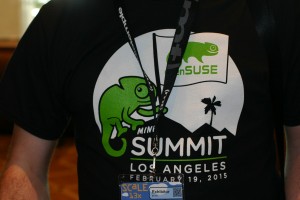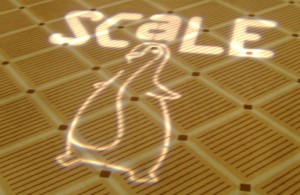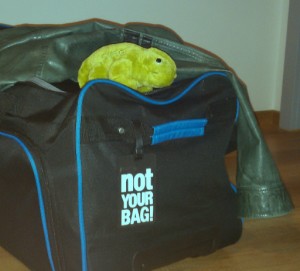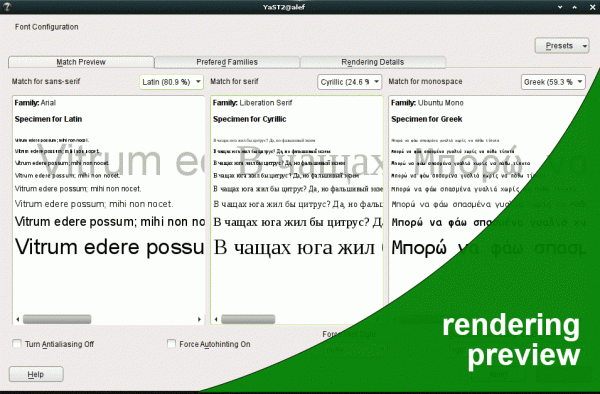Hi Geekos, here a small summary of our Thursday February 19th openSUSE miniSummit event here at SCale 13x.
Located in Century AB room, a 80 seats room. The average attendance rate was varying between 50% and 85%.
Qualifying the attendance 50% or more were not related to SUSE / openSUSE, which was a good experience of question and feedback.

The day started by a talk about openSUSE / SUSE Xen and openstack by Peter Linnel and Russel Pavlicek.
One hour later Manu Gupta has presented all the bolts and nuts about GSOC at openSUSE.
We then go for lunch, and corridor exchanges.
I’ve opened the afternoon with my talk “them + me = we” about breaking mythic frontier
Then just after a small break, Mark Fasheh member of filesystem SUSE Labs group has talk about the project Duperemove: dedupe on btrfs (have a look on github the source are there, and package available on obs)
The day continue with a Town Hall talk co-animated by myself and Peter running an open discussion with attendees. With interesting remarks and feedback from openSUSE users, and also complete foreigners. For example, the way systemd was introduced in openSUSE distribution was appreciated (having choice during 2 versions). It was an unstressfull, open and positive exchange.
To follow, Bryan Lunduke and Peter animated a talk about “the 10 things you would love about SUSE and openSUSE if you only you knew…”
I did really enjoy the way they numbered the slides …
Freschy, punchy, funky, the kinda talk I would like to see again at OSC15.
To finalize the day, Markus Feilner for Linux Magazine (de) talked about openQA.
I found interesting the perfect mix we’ve done between openSUSE and SUSE during this day, confirming the excellent partnership we have.
Let the sponsors of this day be warmly thanked to make it happened.
Links :
SCale picture album day 1 : by Françoise on G+
openSUSE miniSummit day album :
Bruno’s Album on G+
Follow the news on G+ channel
Stay tuned for more news during this week-end.




